Stroom Invest interviews / artist Navid Nuur
Navid Nuur is known for his relentless atempts to create a relationship with primal materials that have the ability to become an artwork. It’s the second time Navid participates in the Stroom Invest program. The first time was ten years ago. This time he is a guest visitor in the studios of emerging artists. We speak about art, the artist and the need to put things in context.

Frits Dijcks: Your work is kind of all inclusive. The works, the words, the space, the invitation and the remembrance of your work all seem to be part of a Gesamtkunstwerk. How do interviews fit into all this?
Navid Nuur: I think of an interview a bit like a press release, but more dynamic. It has its own function. If a certain work asks for an interview concept that would fit the setup then it will become part of the work. Only when it is needed it can become an artwork. And if not, it stands on its own, like an invitation card. But if the material and the content can be seen as a sculpture and it could also function in the show as well as a card, an interview could also have this kind of quality, but still it needs to come from the art work. And in this case, there is no art work or context for this and therefore it is just an interview. But maybe elements from the interview could be used in an art work in the future, but that’s something different.
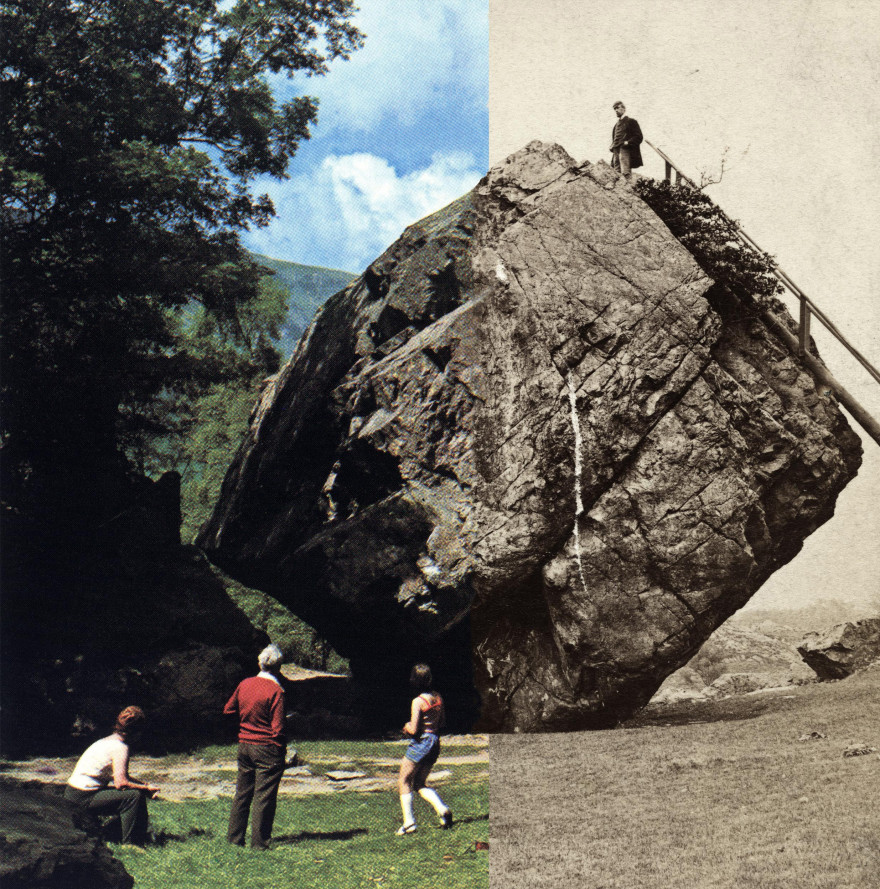

You did interview a stone once and published it in a booklet.
Yes, a few years ago I have interviewed a stone and I have interviewed water. And also black. The reason why I did this was to get deeper into the matter. If you have an interview with water, apart from practical research, you can really travel through time and see it more as an entity. Then you can come closer to what water could mean. This has a value to me because it opens up certain dimensions that I didn’t know before, even though I was the one who was doing the interview. And then parts of the interview can become parts of art works as well.
One of the reasons why I wanted to interview a stone is that the stone was there long before me. I am just a blip of a second on this planet and the stone has a delayed blip. Bleeeeeep. It is like talking with your great great grandmother. The interview can split into different dimensions, because there are so many dimensions related to a rock. There are so many links to unravel.
Is that the way you approach your themes? To see them as entities: the black, the abstract and light?
Yeah, well let’s say you will interview the word ‘ART’. You will soon find out that the word is manmade. It didn’t have its own existence before us. It has an existence as phenomenon. Like you are on a mountain and one side is yellow. Nobody knows why, but that part of the stone is yellow. And therefore you worship it or you love it. There is no definition of art. Most cultures talk about something that resonates. That’s what gives the energy. And this then evolves into an art work. A painting wasn’t just there. First it is something that was on a wall. Later the wall is being kept in a holy place, that has to be build for it. Then people visit the holy place and they want this wall in their house. And then you will eventually get a painting that you can hang on your wall. In a strange way it is real and very artificial at the same time.

And then you need somebody who proclaims an object to be an art work, and the artist is born?
Yeah, and to go back to the resonance. It is not about the content, but all about the context. There is so much content available, but there is not very much context. Providing, charging or creating context takes much longer. Making content can be done quite fast, but to put it in I a certain context is more difficult.
So creating context is your main job?
Yes, and therefore the content can be free because the context is slowly being cultivated by my private point of view, in a way that it works within the arts. If you make an artwork, it cannot sustain by itself. But if you proclaim an artwork, it can. You feel it is needed, although nobody actually needs it. In religion you also see what people can do with things they need and don’t need. If you need it, you can do a lot with it. Art also has this kind of quality. I like the fact that art is so ephemeral and powerful at the same time.
Then we might have the problem that contemporary art is much more ephemeral than the classic objects that were sort of made for eternity.
That is just time passing by. It will be different within a few hundred years. Who cares. We are being stuck into this blanket of time. We can just do what we have to do.

What do you think will be the status of the things you leave behind?
If you look at the works that stay behind, most of them are there because of others. Sometimes they can be powerful for a nations identity, which is why they are still around. Or they stay because they are used for financial security. They don’t stay because they are good art works, but because there is an external reason for it. It is always ‘the other thing’. And you will never know if it will get that other thing, and an artist should not be busy with that.
Most of your works are quite vulnerable which makes the chance they will last much smaller.
Absolutely, it is more like an attitude. I just hope that my work and exhibitions evoke a little stretch of the mind so that it can shift your perspective a little bit. That is all what it can do. Ownership or making things larger or more substantial eventually are just choices.
So how do exhibitions function for you?
What is nice about an exhibition and why I find them important is that most territory is private and when it is public, it has some sort of function or it is commercial. The art territory is also a public place where things can be redefined. When you bring something into this physical space, you are allowed to have an experience that is out of the ordinary. It is where things can be reinvented, even if it is the same thing. It is like breathing. You do it all day, but when you look at it closely, you can focus on the in between space between breathing in and breathing out.
And what makes the difference between working in a studio and exhibiting?
My studio was quite private. So to be able to receive visitors I took my studio outside to another space, which functions as a public studio. It looks like my studio, but it works the same as an art space. It is a space where I can put objects to be seen from a different point of view. And where I can collect my things. But if I would lose my studio, it is still OK. It doesn’t have to be that physical anymore.
Maybe also because the context has become more important to you?
Exactly. And what also has become more important for me is the fact that I have become part of making the object. The making is charged by myself. I have become more consciously of this. I am more sensitive to where you can still physically shape the dimensions of the work.
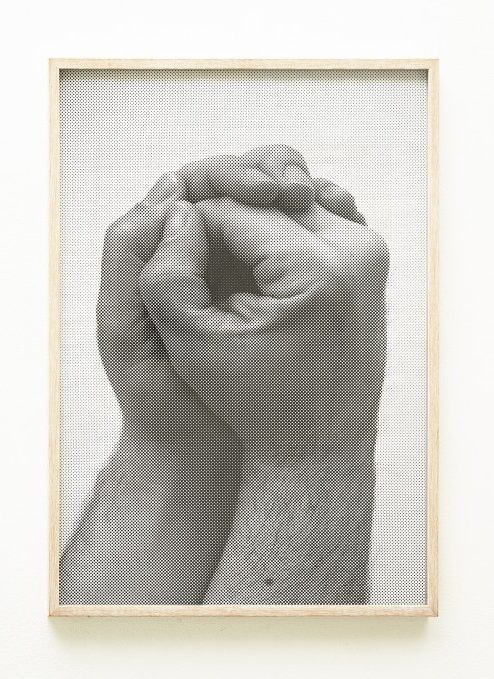
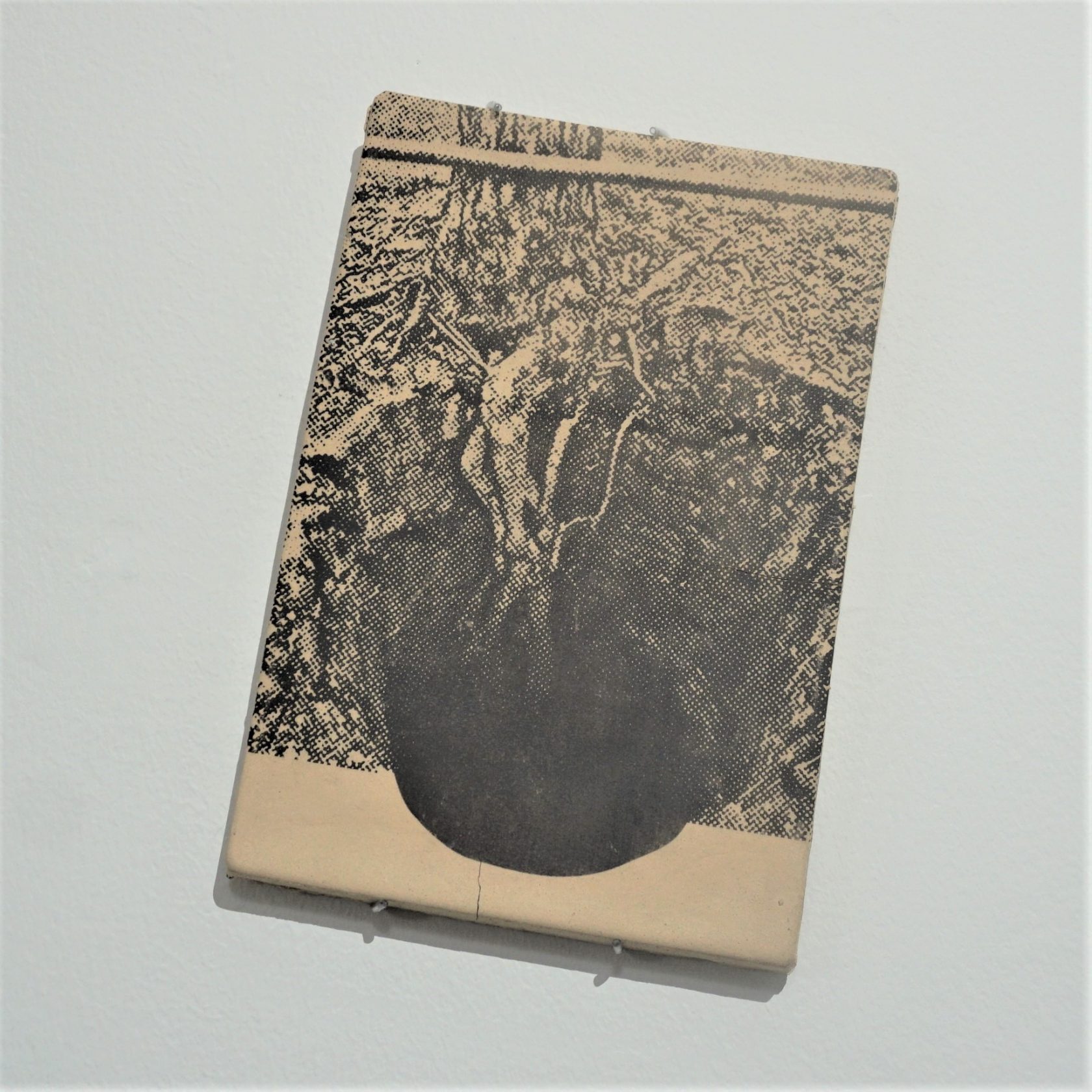
I also noticed that you increasingly use more traditional production techniques and materials.
Yes, the big shift came from the thought: if everything is possible, what connects it all? Even if it is a performance or a reading, it is made possible by minerals. The space where it happens, the phone you use. These are all different orders of minerals. I love this idea of reordering. So I decided to use the minerals as the building blocks for new works. This became an new goals which resulted in melting things by heat so that they could become something else. Let’s say you have a meteor from space end fuse it with something that comes from the bottom of the ocean, you can get something new. Then I came into the field of what people call ceramics. I see it more as congealing or fusing minerals.
Is this an alchemistic approach?
The focus point of alchemy is on the end result. I am more interested in evolvement and the process. I make something that can still fail or break. And maybe the broken part will be the best. Then I have to let go when in this process the work will actually become the work.
But you are an experienced artist now, you can’t be as naive as you were when you started?
That is absolutely true. The naivety gets lost, but when you have 206 minerals in the world and everything in your surroundings can change, there is not enough knowledge on this planet to learn how to do this, which I like and what makes the process exciting. You have these ethnographic museums that show a little piece of wood with a feather attached to it and the sign says: it was meant for something, but we don’t know what. And if you look at that object, you don’t want to throw it away. It has a quality that comes from a deeply rooted context. You need almost nothing to create such an object, but it resonates.

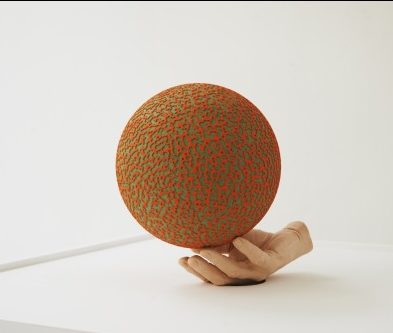
This resonance is also coming from the contrast between the simplicity and smallness of the object and its huge historical meaning? A wonder about the relationship of extremely tiny to extremely large?
Exactly. I also found that the quality lies in this aspect. It is just there. Even without text or context, it is still there.
Do you deeply want to make objects that are that tiny and simple and have that quality?
Yes, in a way. When your house is on fire, what do you take with you? Mainly the things you can hold with you, close to your body. This gives an extra dimension to the work. You can look at it with your whole body, because it has the size that fits in your hands. You can carry it. Smaller objects have this multidimensional way to perceive it.
I just made small marble panels which are now shown in the Kunstmuseum. They go back to the time when they used to marble paper, to give things a certain kind of vibrance. The paper was often used for holy texts or poetry. In Persian it is called ‘ebri’ which has the meaning of cloud-like. It gives the text a vibe of movement. Over time, marbling has always been used that way. As a wrapping paper or introduction to the content of a book. But marbling never became the main thing. I was intrigued by the idea of using marbling as the main act or visual element.
It loses its effect on bigger formats. And from the last hundred years, we have much more knowledge on how to make a painting, also from an abstract point of view. You can use this knowledge together with the ancient marbling techniques to see if you can create this vibrant quality, in which you can see there is something happening and still you don’t know what it is. It just gives constantly. I made the panels concave to add a relief, like the face that was carved into a stone and when you pass by. it keeps looking at you. That is what I wanted to achieve. A marble that would keep looking at you. I wanted to stick all these techniques from different centuries together within one work.
And how do you communicate that idea within an exhibition?
You cannot. It is just what it is. You just hope it will work.
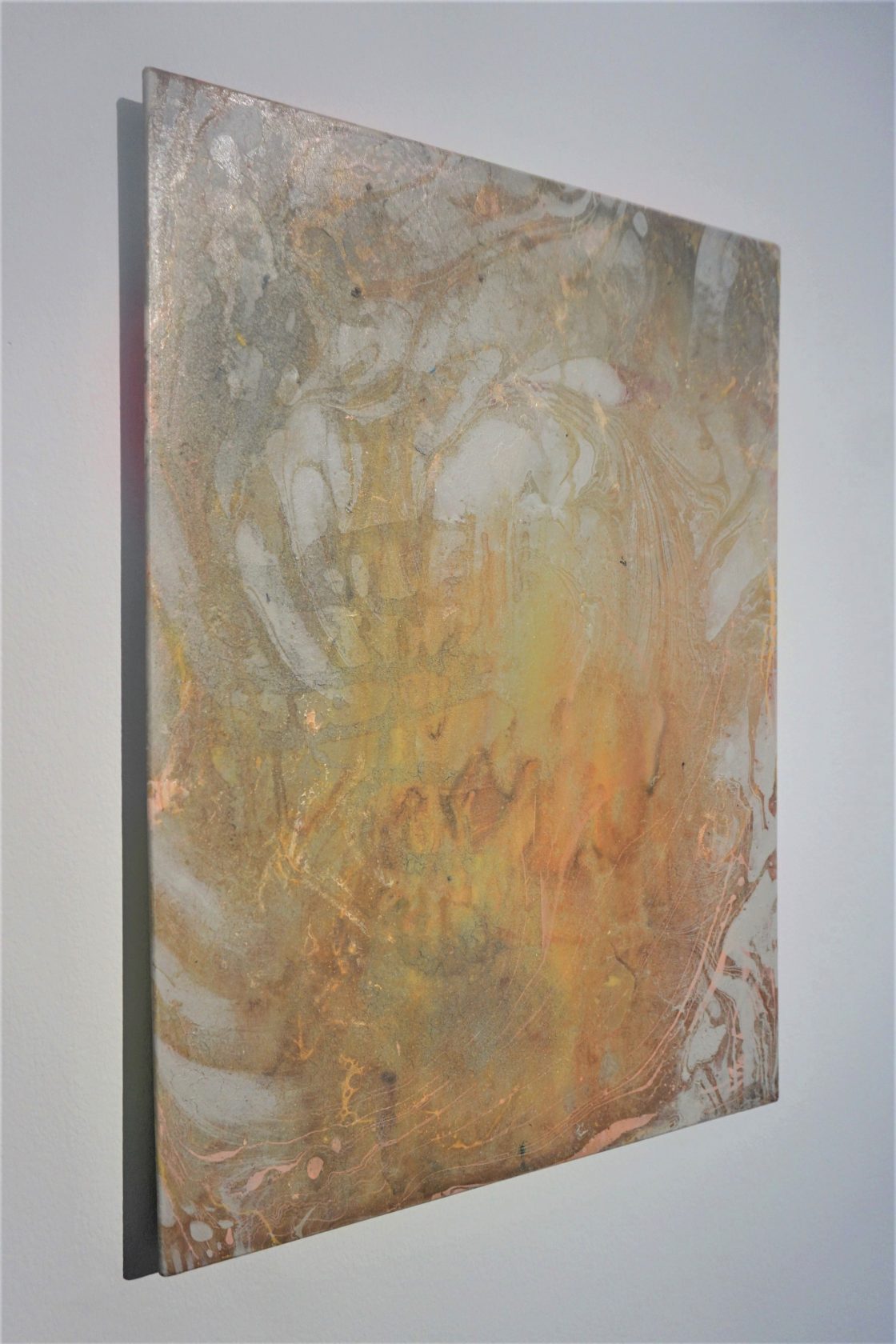
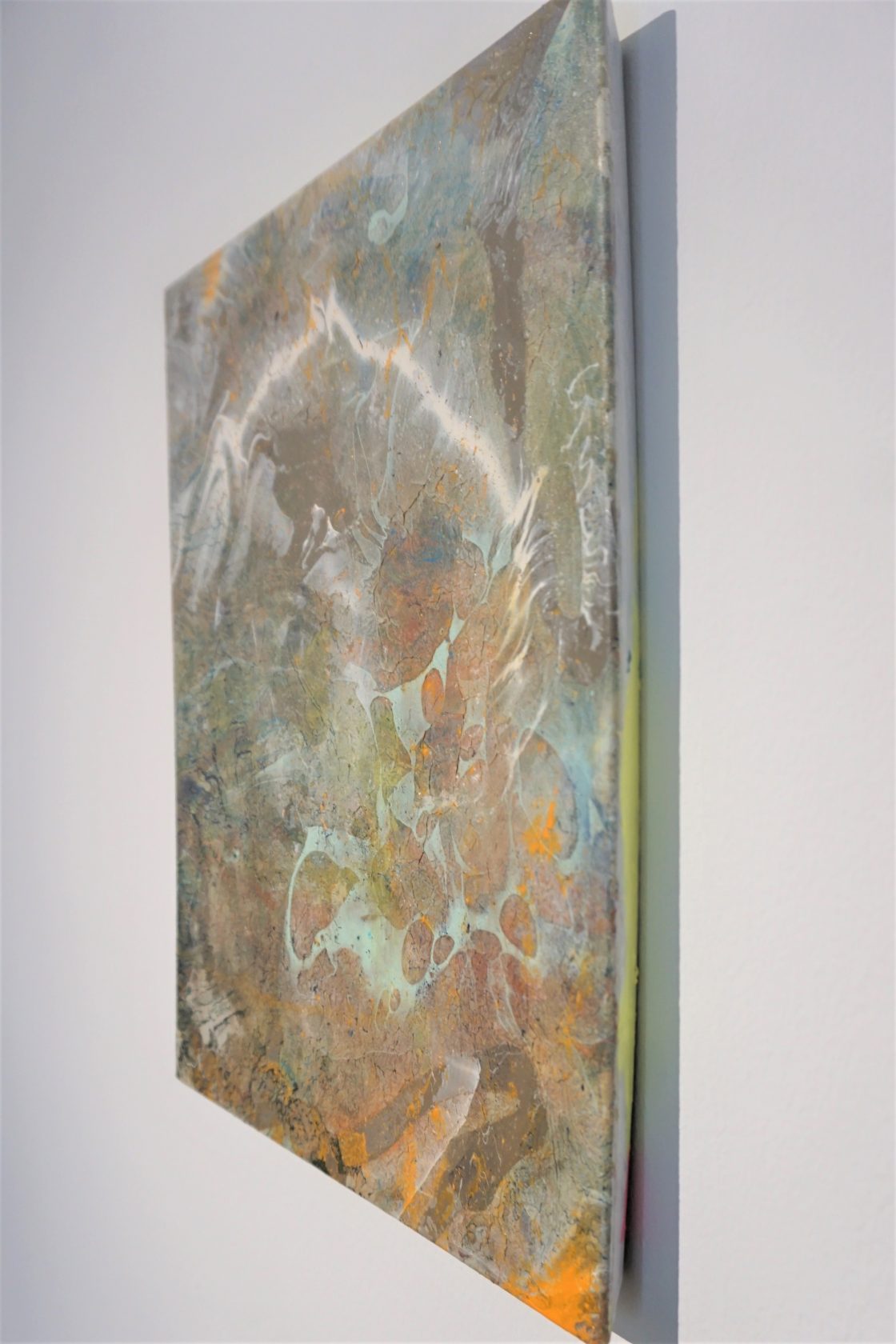
Getting back to the creation of context. People often need some kind of entrance to the work. When I visited your current show at Kunstmuseum, I didn’t take the booklet from the entrance and directly went to your room. Inside, another visitor told me that I would definitely need the texts from the booklet to ‘get it’.
I know this. And I have done this so many times doing exhibitions and writing texts for press releases. But now I believe that the object will survive without the story. Hopefully one day I can do a show with nothing else, just the works. The fact that you go there is already a context and should be enough. We already know from the past that most of the context will eventually get lost. Also museums will not be there forever. Only when you are alive, you can give context to the things.
How would you like to end? Do you want to become a stone, silent and wise?
I hope in the end there will be a work that just exists and has a certain quality that people don’t want to throw it away. That is enough. Like the little feather on wood object in the ethnographic museum.
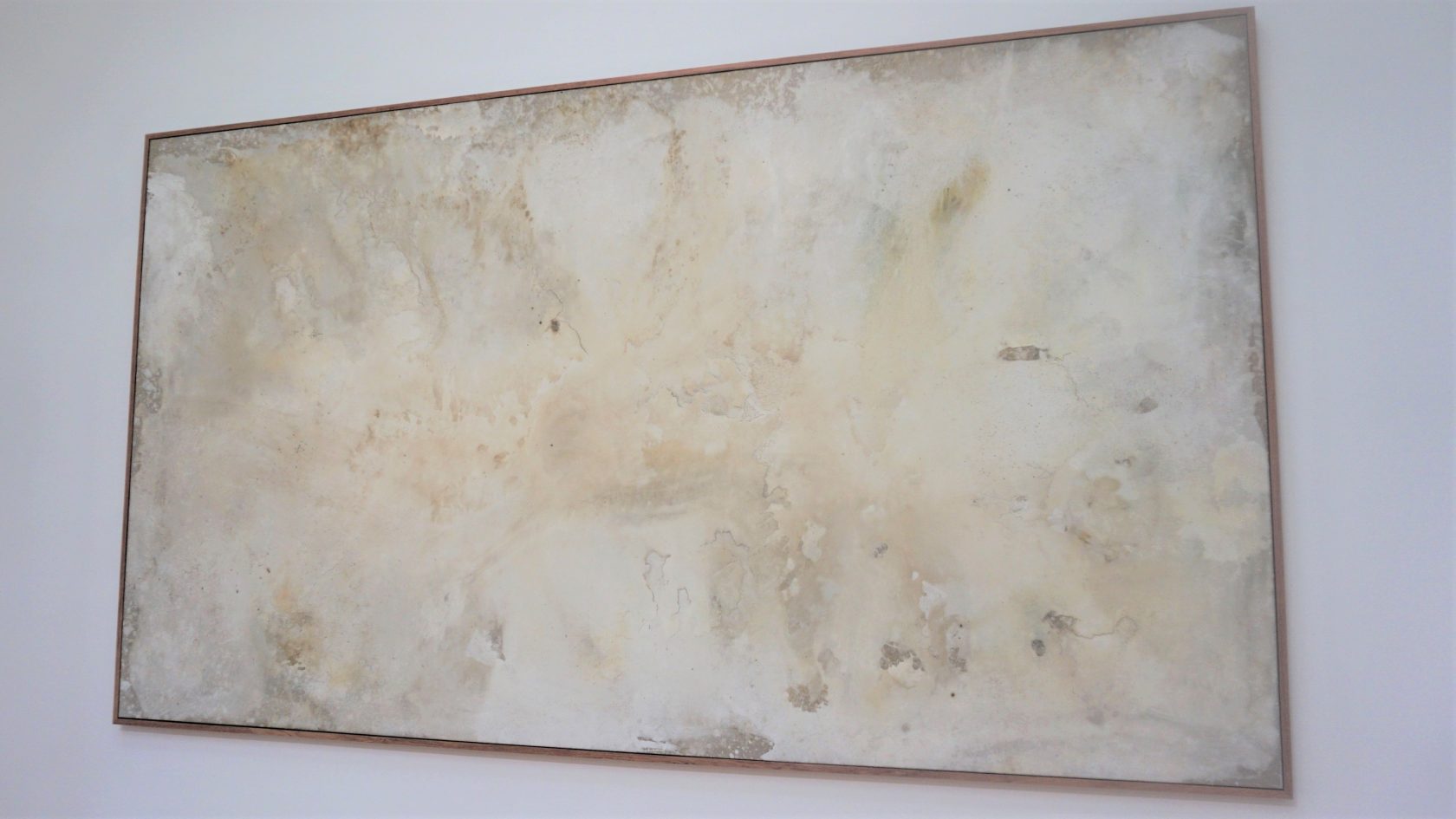
Why did you decide to participate as a guest in the Stroom Invest Week. You normally don’t teach and do these kind of things, do you?
I rarely do this because it is not my strongest point. But I live in The Hague and I participated in the program more than 10 years ago myself. I just like to connect and see what is happening here these days. Why not? It is also a way to complete the circle, now visiting the studios.
What do you remember as the biggest mistake that you made as a young artist?
Maybe it is not the biggest mistake, but it is something I learned. When you have the choice to join two basketball teams. Which one do you choose? The team where you will be the best or the one where you will be worst player? Most people feel more comfortable to be the best and join that team. But from that position it is very difficult to look over the horizon, because you are already there. When you will join the other team, the horizon will be much further because everybody else is better than you. In the beginning I was hanging out with artists from the first team in which we constantly repeat the fact that we are all in the same boat and things are bad. When you feel you are the best of the team, you should step out of this and look for people who will push you further. That can be difficult, but it will get you into different water. At a certain moment you will grow and, apart from the quality of your work, it brings an attitude with it that will push you further.
More and more young artists nowadays choose to do a post graduate study, also from the feeling to miss the boat.
It is different now. In my time doing a masters study was also a way to get a paper than made it possible to teach, so it was also done to have a backup plan. I myself switched from graphic design to fine arts in my final year of art academy, so I was quit late with this choice. I still had a lot to learn and really needed a postgraduate study to get more into the arts. But the world doesn’t give shit about your degree. Rijksakademie or De Ateliers seem to work like a filter. Like when you take these hurtles, you must be great. It is a bit like Michelin stars.
And then you are ready to meet the curators?
Yes, something like that. That’s why it is so great that Stroom has this Invest program. It has a different mindset. These are artists who are already doing what they do and Stroom invites people to come and check them out, without these filters. Post grads can help if the environment is right. If you are lucky it can be like the second basketball team. But it is all about timing. You can do it too quickly or too late. And you also need some luck.
I remember you once said that in the beginning you listened to artists interviews a lot and learned from them?
Yes, during my post grad, I finally met artists who were working in the field, doing it for real. So I recorded every studio talk I had with them. And I put my name on every list to get as much studio visits as possible. At the end, I had an archive with different artists. Replaying these conversations, I noticed that their knowledge also loops. They also don’t know everything. So later I could say to them: you already said this in August!
The biggest mistake a young artist can make is looking at the art works of artist you like. The artwork is the private outcome of somebody’s mind. It is about how you get things into your mind and out of your body. That must be your main focus and life long training. That’s where your private quality starts.
This is also about the creation of context.
Totally.
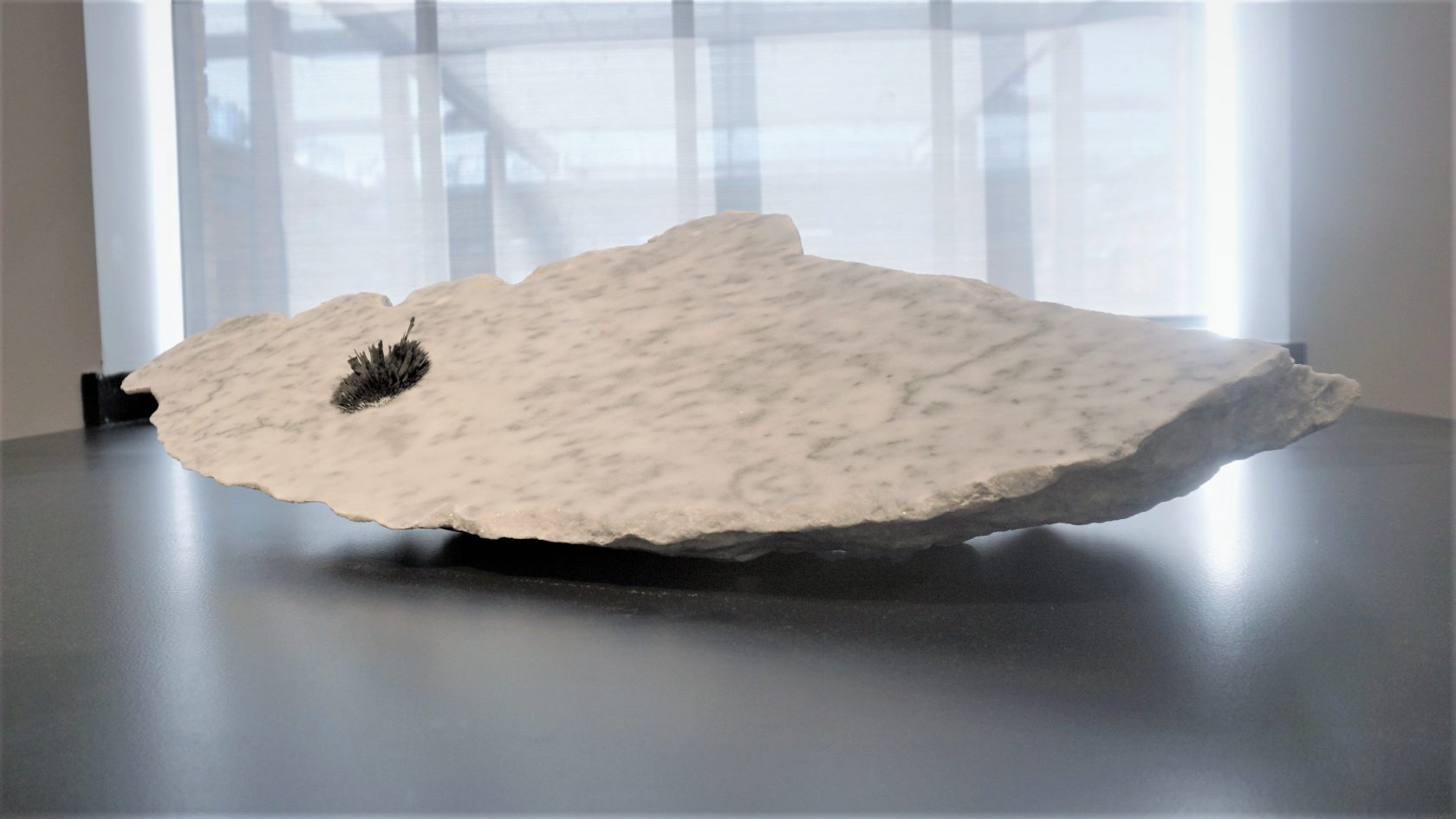
Navid Nuur’s exhibition ‘I am because of you’ is on show at Kunstmuseum Den Haag until October 18, 2020.
The Invest Week is an annual 4-day program for artists who were granted the PRO Invest subsidy. This subsidy supports young artists based in The Hague in the development of their artistic practice and is aimed to keep artists and graduates of the art academy in the city of The Hague. In order to give the artists an extra incentive, Stroom organizes this week that consists of a public evening of talks, a program of studio visits, presentations and a number of informal meetings. The intent is to broaden the visibility of artists from The Hague through future exhibitions, presentations and exchange programs. The Invest Week 2020 will take place from 21 to 25 of September.